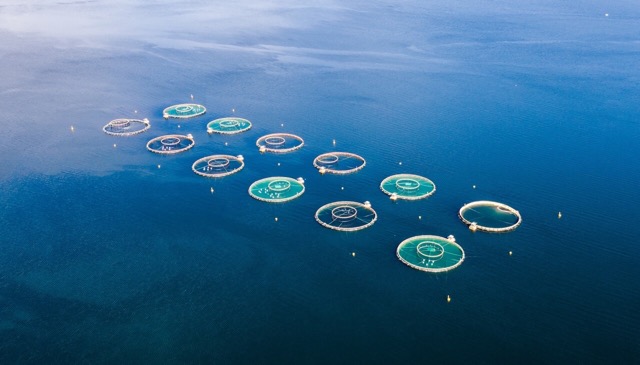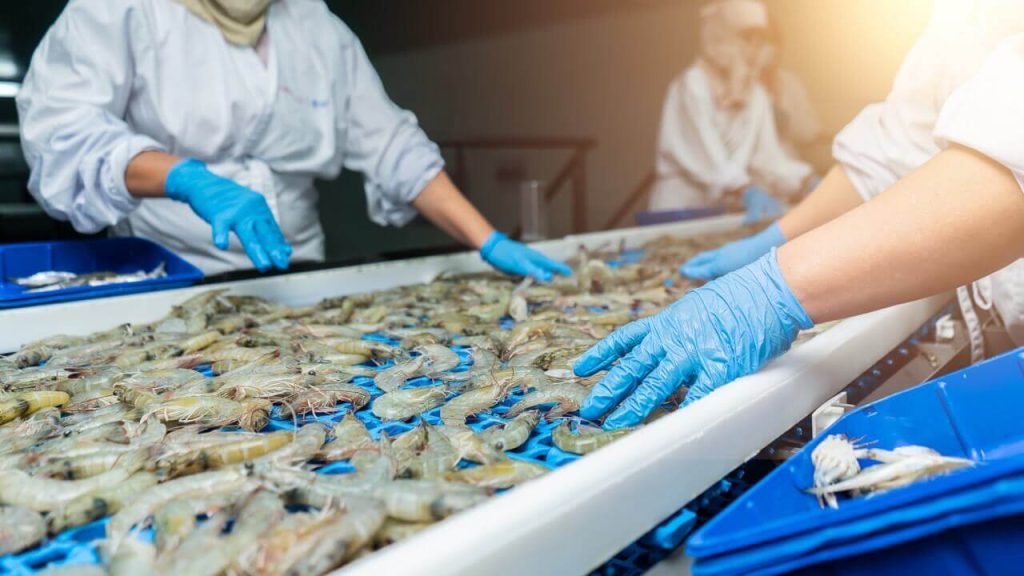Preservation processes significantly impact seafood quality and taste. Discover the prevalent methods and techniques utilized for fish and seafood preservation, ensuring top quality and sustainability for the most discerning consumers.
Traditional Methods of Seafood Preservation
Time-honored techniques endure, from salting to smoking. Explore these common traditional methods essential for maintaining seafood quality:
- Freezing: A highly effective technique preserving fish and seafood freshness for extended periods, requiring extremely low temperatures around -18 degrees Celsius or lower.
- Salting: Coating seafood with salt dehydrates and enhances flavor by reducing water content.
- Smoking: Imparts a distinctive smoky flavor to seafood by exposing it to wood smoke for a specific duration.
- Sun or Air Drying: Simple yet effective, hanging seafood allows natural elements to remove moisture.
- Fermentation: Involves beneficial microorganisms transforming sugars and proteins, resulting in unique flavors.
- Pickling: Immersing seafood in acidic solutions like vinegar preserves while adding tangy flavors.
- Oiling: Immersing seafood in oil, often infused with herbs and spices, both preserves and enriches flavor.
Innovations in Preservation
Innovation has expanded preservation methods in the fishing industry. Explore these innovative techniques:
- Modified Atmosphere Packaging (MAP): Adjusts oxygen and carbon dioxide levels around seafood, slowing oxidation and decomposition.
- Rapid Freezing: Advanced technologies prevent the formation of large ice crystals, maintaining original texture and quality.
- Vacuum Packing: Eliminates oxygen to extend shelf life by reducing oxidation and preventing bacterial growth.
- High-Pressure Processing (HPP): Non-thermal application extends shelf life by eliminating pathogens without compromising quality.
- Active Barrier Technologies: Packaging materials with antimicrobial or antioxidant agents prolong seafood freshness.
- Sustainable Cultivation: Beyond preservation methods, innovative practices in aquaculture ensure quality from the source.
- Smart Sensors: Continuous monitoring of temperature and humidity ensures optimal conditions during transport and storage.
- Nanotechnology Applications: Coatings protect seafood against microorganisms, preserving freshness.
Impact of Preservation on Quality and Taste
At KrustraGroup, we prioritize effective preservation while maintaining seafood’s unique sensory qualities:
- Texture Preservation: Preventing large ice crystal formation maintains cellular structure.
- Authentic Taste: Ensuring the fresh and genuine flavor of seafood.
- Color Retention: Preserving the natural appearance of seafood.
- Reduced Oxidation: Maintaining freshness and quality of fatty acids.
- Sensory Perception: Retaining aroma and juiciness.
- Microbiological Safety: Reducing the risk of contamination.
Sustainability and Responsible Preservation
Sustainability and responsible preservation go hand in hand, respecting the environment and conserving natural resources:
At KrustaGroup, we invest in state-of-the-art conservation and environmentally friendly processing facilities to ensure the quality and preservation of our products across the entire value chain.





